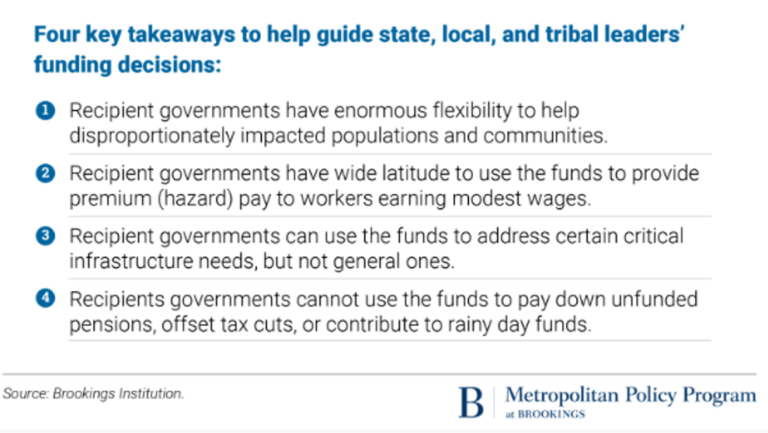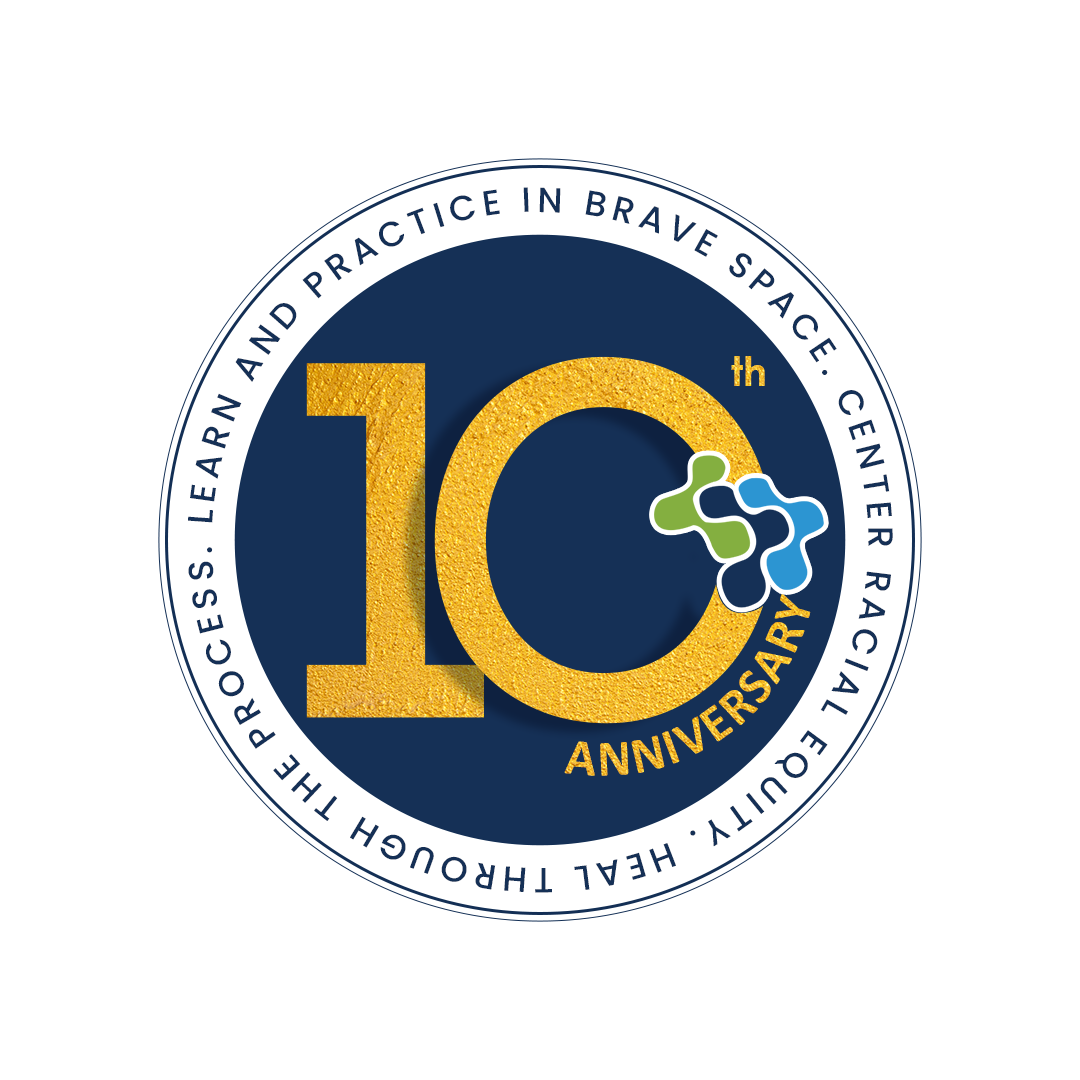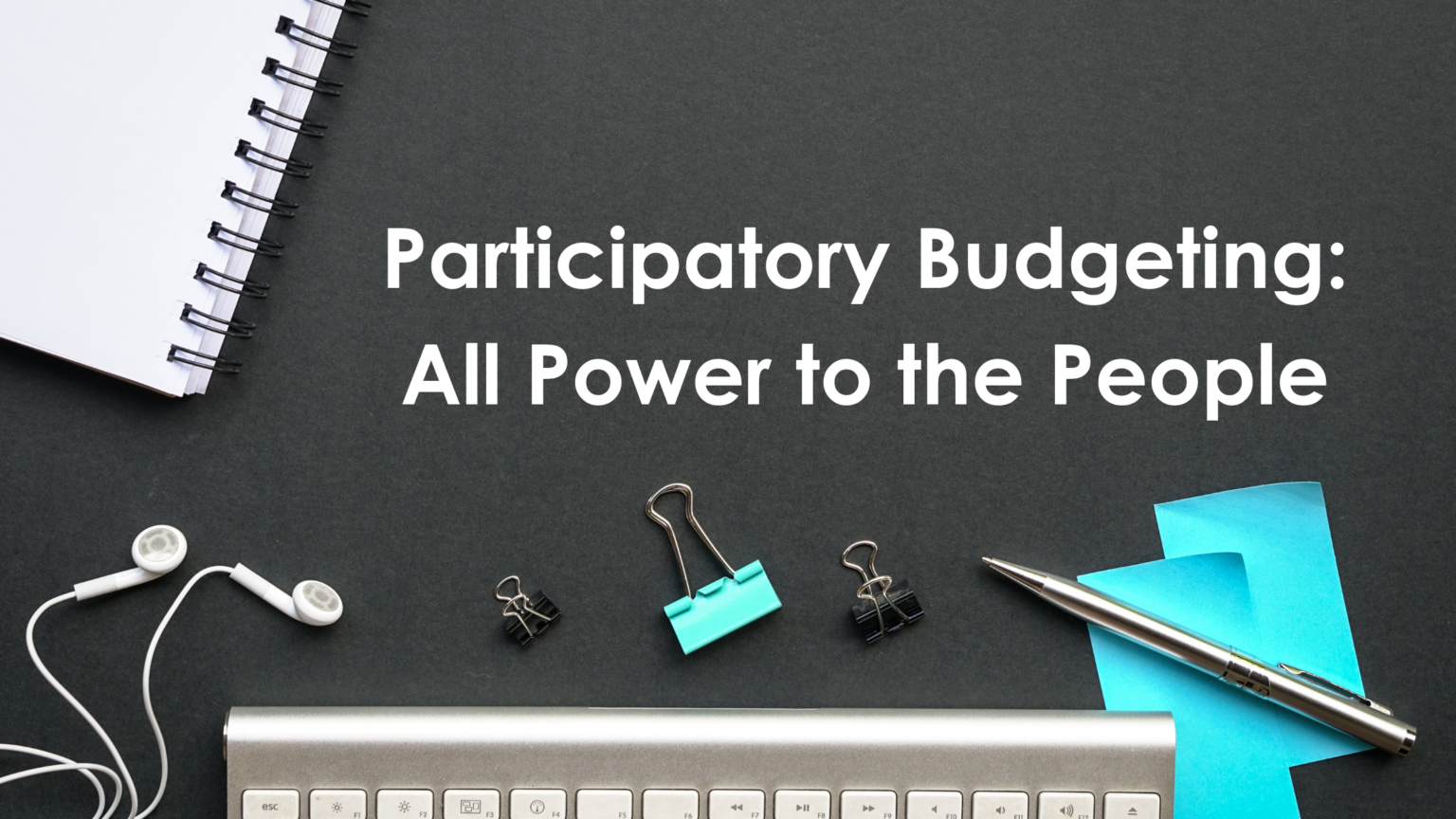For the better part of 20 years of my adult working life, working in nonprofit and public sectors, June and July have held both a special place in my heart and lived rent free in my head. This time of year for many organizations is marked by a flurry of dog and pony shows to showcase how they managed to make wine out of water and if thrown a few bread scraps for the upcoming year, they could feed the masses as well.
Organizations will spend copious amounts of time creating spreadsheets for meetings that contain little to none of the people they intend to “serve” but ordained “leaders” and “experts”, making decisions on how to best allocate resources for people most affected by inequities.
Despite my affinity for creative disruption and unbridled honesty, I somehow landed on the work version of an approved “Black friend” list at many of these institutions. As the Ayesha Tyler to their Friends, I was often offered “a seat at the table” so they could “pick my brain”.
When it came time for them to feast on my innards and voice my opinion on how they could figure out what the people really want and need, my reply: “Ask them.”
For the public, lack of transparency and influence in the planning and allocation of local resources often breeds lack of trust in social and civic systems. Participatory Budgeting is a democratic process in which community members directly decide how to spend public funds. No one has more knowledge and better solutions for what is best for someone in need than the actual person. People with lived experience are experts.
Participatory Budgeting can close the information gap and promote transparency with the public leading to a nirvana of policy and practice in harmony. With the release of $350 billion American Rescue Plan (ARP) Act’s State and Local Fiscal Recovery Funds to states, counties, cities, and tribal and territorial governments across the country, there is a unique opportunity for local jurisdictions to jump feet first into the deep end of Participatory Funding, with extremely low risk. A recent article by Brookings discussing the greater flexibility of ARP over the CARES Act of 2020 highlighted 4 key takeaways:

To fully promote and adopt a culture that nurtures a successful Participatory Budgeting effort, institutions will need to interrogate how white dominant culture norms show up in their organizations. Of the 22 white dominant culture norms compiled by Tema Okun, the two highlighted below along with their antidotes or alternatives are most critical to the Participatory Budgeting process.
| Paternalism | VS | Partnership |
| No consultation or transparency in decision making. Taking over campaigns, mediating and facilitating others. | Decision making is clear, affected parties are consulted. Evaluations include staff at all levels. Leadership of Frontline communities is respected and nurtured. | |
| Power Hoarding | VS | Power Sharing |
| Ideas from less senior people are treated as a threat, information and decision making is confidential. Holding on to resources, scarcity mindset. | Ideas at all levels are valued for the positional expertise they represent, ideas from others are requested and space is made for them to be heard. Budgets are made available for viewing, providing input on, and resources are shared equitably and appropriately. |
ALL POWER TO THE PEOPLE! ✊🏿


